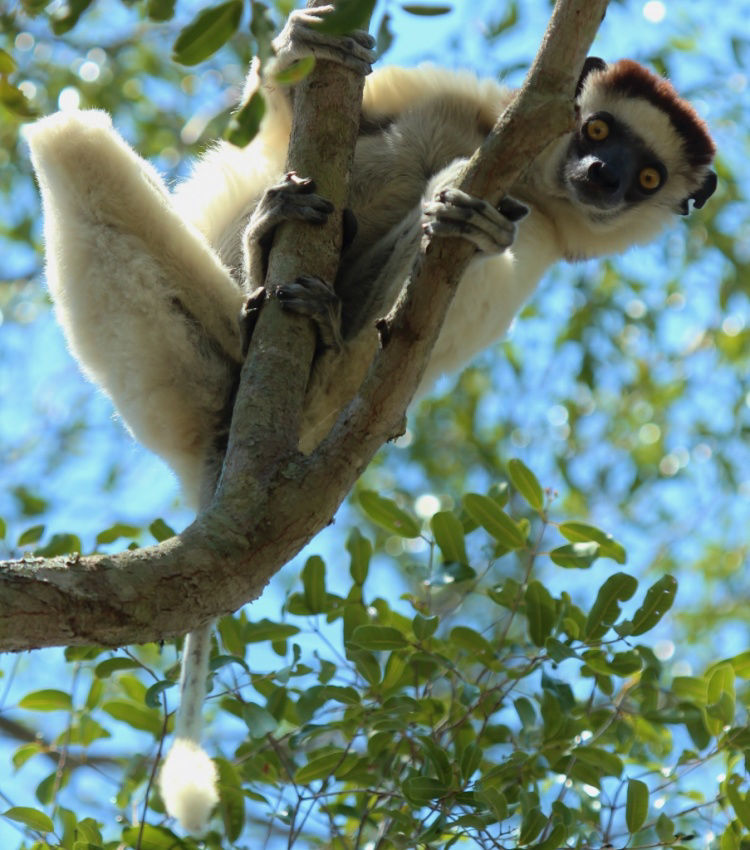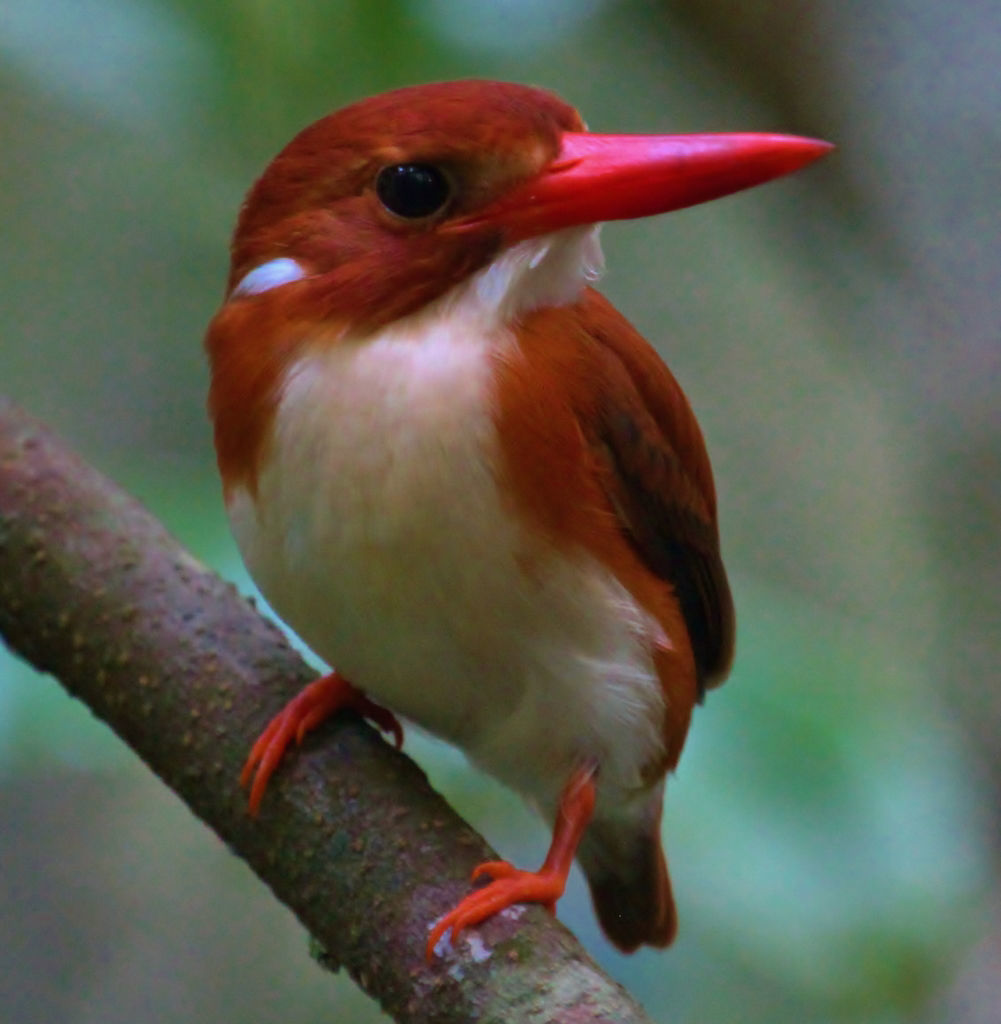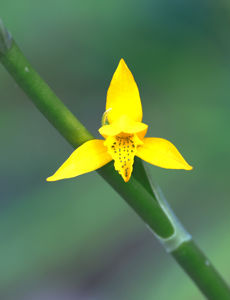Toll Free: 800.328.8368
Phone: 512.328.5221
Madagascar Highlights
Upcoming Dates
November 5 - 20, 2025
Departs
Antananarivo
Returns
Antananarivo
Tour Limit
Sold Out
Itinerary
Read More
Verreaux's Sifaka © Dion Hobcroft
This exceptionally weird and fascinating large continental island features a unique and highly distinctive variety of endemic birds, reptiles, mammals, and plants; expect endemic bird families, lemurs, chameleons, and critically threatened habitats.
Unique is the adjective most often used to describe Madagascar. This extraordinary and notably massive island hosts an exceptionally high degree of endemism not only among its birds, but also its plants, trees, mammals, reptiles, amphibians, and insects. Much of this wildlife is remarkably tame, approachable, and visible; as a consequence, this tour represents a truly superb natural history experience. Of the birds, six entire families are endemic to the Madagascar region: the mesites, ground-rollers, cuckoo-rollers, asities, and Madagascar warblers and vangas. An endemic subfamily of large cuckoos, the couas, also forms an important part of the avifauna.
November is the best season for seeing Madagascar’s wildlife, as breeding activity begins immediately prior to the rains, which begin in the latter part of the month. Birding here at times can be delightful, while at other times it can be a bit challenging, for the diversity is not high, the habitats are often dense, and bird populations are low (40% of the endemic species are considered endangered or at risk), but the rewards are very high.
Known colloquially as the “eighth continent,” Madagascar first began to split away from the African continent during the age of the dinosaurs and has since followed an independent evolutionary course, allowing an amazing variety of life forms to evolve from a few colonizing ancestors. Ranging from the bizarre to the sublime, this is island evolution gone wild, and there is no other destination quite like it.
Few places in the world are as threatened as the native environments of Madagascar and its nearby islands. Fortunately, international conservation agencies have come to the aid of Madagascar, and more areas are being set aside as reserves and national parks. Each year new species are discovered and described, and species previously thought extinct or nearly so are rediscovered. In addition there is a growing realization that foreign tourists are interested in the wildlife of Madagascar; as a result, the infrastructure is improving and attractive lodges are being built in some of the best birding areas. Our tour is designed to visit a wide range of Madagascar’s habitats, with enough time in each to seek out the special endemic birds, lemurs, tenrecs, chameleons, and other weird and wonderful creatures.
The lemurs are undoubtedly the most famous of Madagascar’s wildlife. These “primitive primates” range in size from the tiny mouse lemurs (at 7 inches in length, the smallest) to the child-sized and very vocal Indri. These attractive and appealing animals are found throughout Madagascar’s forests and woodlands. Of the 90+ surviving species, some are colorful, social, and diurnal, while others are drab, solitary, and nocturnal. Other larger mammals are few on the island, but include primitive insectivores like the tenrecs and several carnivorous relatives of the mongoose. Among the highly endemic reptile fauna is an incredible array of weird and colorful chameleons (over 60% of the world’s species), cryptic leaf-tailed geckos and fluorescent day geckos, skinks, and other lizards. The flora is surprisingly rich, including over 1,000 species of orchids and many spectacular flowers that have become popular in tropical gardens the world over. In the desert southwest we will find some of the world’s strangest plants in the midst of the peculiar Spiny Forest.
Surprisingly attractive accommodations that range from good to excellent; generally easy to moderate terrain; moderate to occasionally more challenging trail walking (including one or two optional more demanding walks); cool to hot and dry and hot and humid weather; occasional rain likely.

Madagascar Pygmy-Kingfisher © Dion Hobcroft
Price: $10,955
Internal flights included
This departure is sold out. Please contact the VENT office to register for the waitlist.
Departure Dates
Reserve November 5 - 20, 2025 (Sold Out)
Route Map
Tour Leaders

Local
Leader
Field Reports
No Field Reports
Connecting Tours
Operations Manager

Celeste
Dillon
Questions? Contact the Operations Manager or call 800.328.8368 or 512.328.5221



